Soy sauce is a staple in kitchens around the world, and over time, it has evolved into various forms to suit different dietary needs, cooking styles, and regional preferences. From halal and organic versions to low-sodium and light varieties, the differences go far beyond just the label. One of the most frequently asked questions among home cooks and food lovers is how the flavor varies between these types—especially when trying to choose the right soy sauce for a specific dish.
To answer this question, we’ll take a closer look at the flavor profiles of halal soy sauce, regular soy sauce, light soy sauce, organic soy sauce, and low salt soy sauce, with a focus on how ingredients, fermentation time, and sodium levels impact taste.
The Foundation: Regular Soy Sauce
Before diving into the variations, it’s helpful to understand what defines regular soy sauce. Traditional soy sauce is typically made from a mix of soybeans, wheat, water, and salt, and is aged through fermentation for several months. The result is a dark, rich liquid with a balanced blend of saltiness, umami, and a slightly sweet undertone from the wheat.
A blind taste test conducted by the Culinary Institute of America in 2022 found that regular soy sauce tends to have the highest perceived depth of flavor compared to lighter or reduced-salt versions. Testers described it as having a bold, roasted profile with notes of mushroom and molasses.
This makes regular soy sauce ideal for marinades, braised dishes, and sauces that need strong, lingering umami. However, its relatively high salt content—around 900–1000mg of sodium per tablespoon—can be a drawback for people monitoring their sodium intake.
Light Soy Sauce: Thinner, Saltier, and Brighter
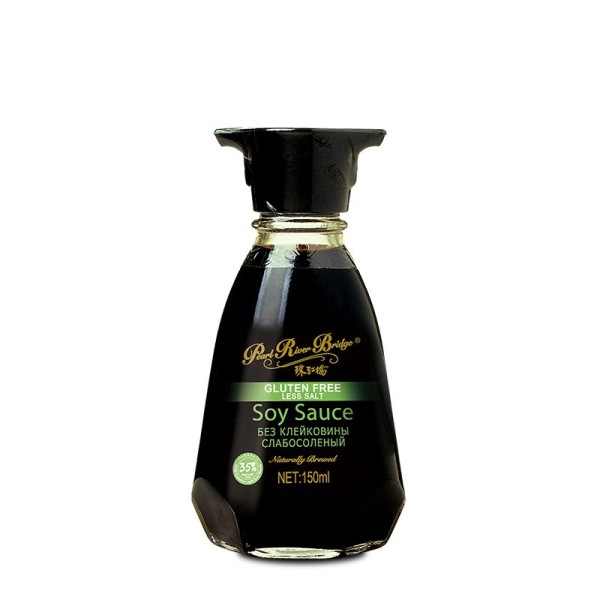
Despite the name, light soy sauce doesn’t necessarily mean low in sodium. In fact, it often contains more salt than regular soy sauce per volume. The “light” refers to color and body—it’s a thinner, more transparent liquid with a lighter brown tone and shorter fermentation period.
Taste-wise, light soy sauce delivers a sharper, salt-forward flavor with less depth and sweetness. It’s typically used in Cantonese cuisine to season stir-fries, steamed dishes, and dipping sauces where preserving the natural color of the ingredients is important. According to a consumer flavor preference survey by FoodNavigator Asia (2023), 61% of home cooks preferred light soy sauce in quick-cooking applications due to its cleaner taste and brighter finish.
Compared to regular soy sauce, light soy sauce doesn’t linger on the palate as long but brings a crisp, savory edge that enhances fresh vegetables, seafood, and tofu.
Halal Soy Sauce: Certified Purity, Familiar Taste
Halal soy sauce isn’t a flavor category in itself, but rather a version of soy sauce made in compliance with Islamic dietary laws. This means it must be free from alcohol and any ingredients derived from non-halal animal sources. Since many traditional soy sauces are fermented with the help of yeast or other agents that may produce trace alcohol, halal soy sauce requires special production methods—such as chemical hydrolysis or controlled microbial fermentation.
In terms of flavor, halal soy sauce is very close to regular soy sauce when naturally brewed. However, chemically hydrolyzed versions may taste slightly less complex, with a sharper saltiness and less fermented aroma. Brands that specialize in natural fermentation while staying halal-certified often use alternative fermentation strains or longer brewing times to match the depth of traditional soy sauce.
Many halal-certified products on the market, including halal light soy sauce, offer versatility without compromising on religious standards or flavor expectations. For families observing halal diets, this ensures they can enjoy authentic Asian flavors across various cuisines.
Organic Soy Sauce: Cleaner Taste with Earthy Notes
Organic soy sauce is made from organically grown soybeans and wheat, without the use of synthetic pesticides, additives, or genetically modified ingredients. While the core ingredients and brewing process are similar to that of regular soy sauce, the organic sourcing tends to result in subtle flavor differences.
Taste panels organized by Organic Food Magazine in 2023 noted that organic soy sauce often has a slightly milder saltiness and more pronounced earthy or nutty undertones. The umami is still present but is more delicate, making organic soy sauce a popular choice in dressings, sushi, and light broths.
Because of stricter ingredient sourcing and minimal processing, some organic soy sauces may also carry a hint of raw bean flavor, which some users describe as "cleaner" or "purer." When combined with other high-quality organic ingredients, the difference becomes more noticeable.
Low Salt Soy Sauce: Softer Flavor, Smart Choice
For health-conscious consumers, low salt soy sauce offers a way to enjoy the depth of soy flavor without overloading on sodium. Typically, low salt varieties reduce sodium content by 40% to 50% compared to regular versions, often landing at around 500mg per tablespoon.
Flavor-wise, low salt soy sauce is milder and rounder. It doesn’t pack the same punch as regular or light soy sauce but still carries enough umami to be functional in most dishes. Chefs often recommend using low salt soy sauce in recipes that already include other salty ingredients like broth or miso.
It’s also a go-to for individuals on sodium-restricted diets, as well as in children’s meals or elder-friendly cooking. Some brands boost the umami profile with natural mushroom or seaweed extracts to compensate for the reduced salt.
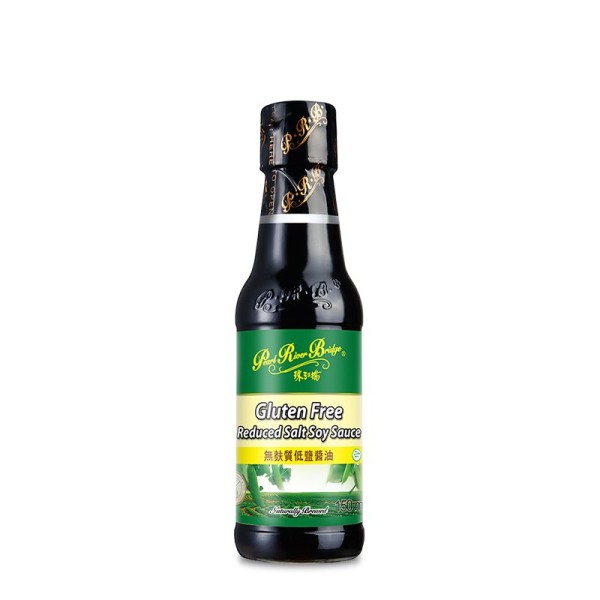

Choosing Based on Cooking Context
Understanding the flavor difference between halal soy sauce, light soy sauce, regular soy sauce, organic soy sauce, and low salt soy sauce ultimately comes down to what you’re cooking and who you’re cooking for. A stir-fry may benefit from the sharpness of light soy sauce, while a rich beef stew needs the depth of a regular version. Organic sauces shine in clean recipes with fresh produce, while low salt and halal varieties make soy sauce accessible to a wider audience without compromising dietary or health needs.
Soy sauce may be a humble ingredient, but its variety offers far more than just saltiness—it brings culture, craft, and complexity to every dish it touches.
When it comes to summer BBQs, most people reach for the usual suspects—ketchup, mustard, and barbecue sauce. But if you’re looking to add a bold, savory twist to your grilled dishes, there’s one secret weapon you shouldn't overlook: soy sauce. From marinades to glazes, soy sauce delivers a depth of flavor that enhances everything from steaks and burgers to grilled vegetables and tofu.
Not all soy sauces are created equal. Light soy sauce is perfect for quick marinades and dipping sauces, offering a salty umami punch without overpowering the natural taste of the food. On the other hand, dark soy sauce brings a thicker consistency and a slightly sweeter, more complex flavor—ideal for creating rich glazes or adding color to grilled meats like ribs and skewers.
For health-conscious grillers, options like low sodium soy sauce and gluten free low salt soy sauce make it easier to enjoy bold flavors without the guilt. These alternatives are especially great for those watching their sodium intake or following specific dietary needs, without compromising on taste.
Whether you’re grilling meat, seafood, or plant-based options, soy sauce can be used as a marinade base, a basting liquid, or a finishing drizzle. Try combining light soy sauce with garlic, sesame oil, and a touch of honey for an easy all-purpose BBQ marinade, or use dark soy sauce blended with chili paste and brown sugar for a sticky glaze that caramelizes beautifully on the grill.
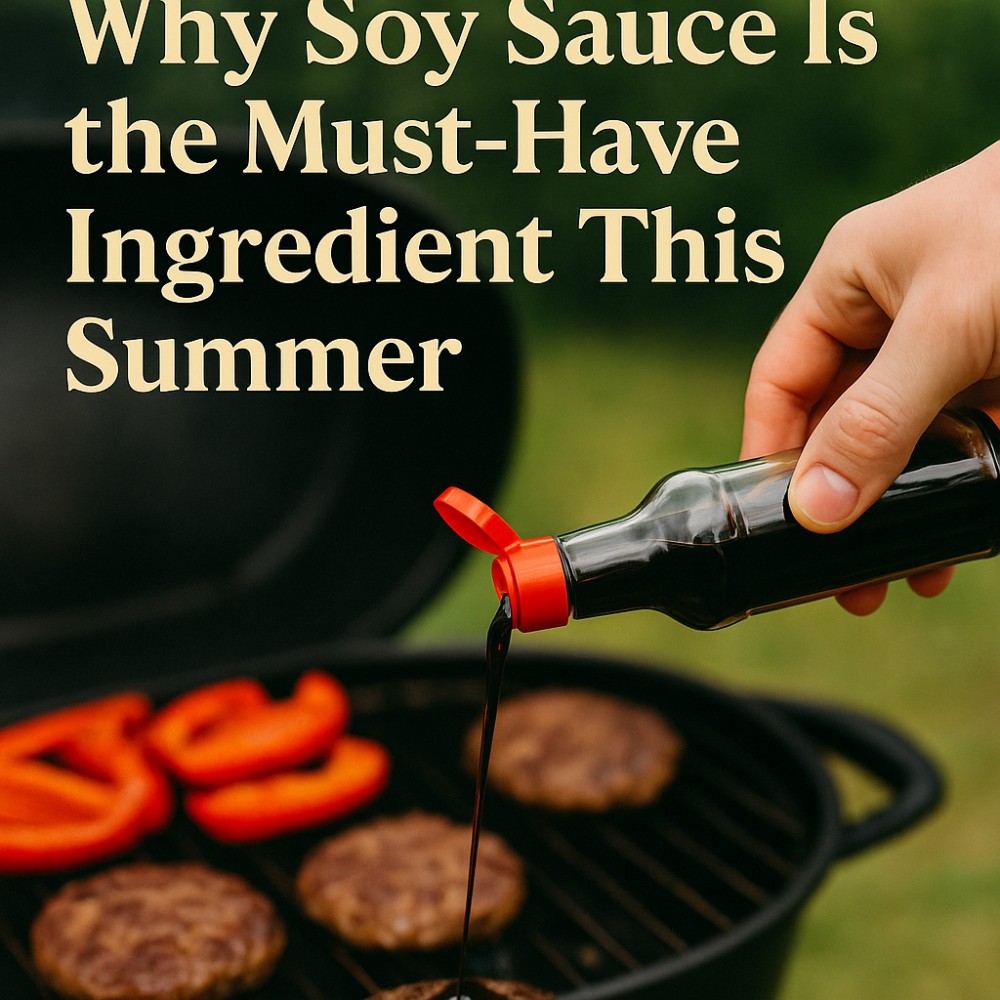
When selecting soy sauce for your summer cookout, quality matters. Pearl River Bridge soy sauces are trusted by chefs around the world for their authentic flavor, traditional fermentation process, and variety of formulations to suit every need—from classic light and dark soy sauces to low sodium and gluten-free options. Their balanced taste and consistency make them the perfect addition to any BBQ recipe, elevating your outdoor cooking with ease and confidence.
In the world of culinary flavoring, soy sauce remains a staple across global cuisines. However, chefs and food manufacturers are increasingly turning to Concentrated Soy Sauce as a superior alternative to standard varieties. But what makes it so appealing for both home kitchens and large-scale operations?
Richer Flavor with Less Quantity
One of the key advantages of Concentrated Soy Sauce is its powerful umami flavor. Because it's more condensed, a smaller amount delivers deeper color, aroma, and taste. This makes it ideal for marinades, stir-fries, dipping sauces, and soups, allowing for better control over salt levels and consistency in recipes.
Cost-Efficient for Commercial Use
For restaurants and food production facilities, using Concentrated Soy Sauce for Commercial Kitchens translates into lower usage per dish without sacrificing flavor. This efficiency not only helps control ingredient costs but also reduces storage and transportation needs. It’s a practical solution that supports high-volume cooking while maintaining quality.
Enhanced Shelf Life and Stability
Thanks to its lower water content, Superior concentrated soy sauce typically offers a longer shelf life compared to regular soy sauce. It also maintains flavor stability better under varying storage conditions, which is particularly important for large-scale kitchens, catering services, and food manufacturers.
|
Rigorous Fermentation Process behind PRB's Soy Sauce
Our soy sauce is brewed following a centuries-old natural fermentation process. Uniquely steeped in the authentic Cantonese flavor tradition, PRB’s Soy Sauce offers a superior depth of flavor. |
Every Soybean Counts |
Steaming |
Propagating |
|
Fermentation and Aging of Moromi |
Pressing and Refining |
Bottling |
The Smarter Choice for Modern Kitchens
Whether you're developing a new food product or refining a signature dish, Concentrated Soy Sauce offers superior performance, taste, and versatility. Its ability to enrich dishes with deep umami flavor, while improving cost and storage efficiency, makes it a smart choice for both professionals and passionate home cooks.
As a reliable a Flavorful Chinese Sauces and Condiments supplier, we provide Superior concentrated soy sauce that meets strict food safety standards and delivers consistent quality. Our products are ideal for a variety of applications, from household cooking to Concentrated Soy Sauce for Commercial Kitchens. Backed by excellent customer support and fast global delivery, we help culinary professionals bring authentic flavor to every plate.
Smokeless Korean BBQ Grills: What Every Restaurant Owner Should Know
Smokeless Korean BBQ grills improve air quality and dining experience. A must-read guide for restaurant owners worldwide looking for clean and modern BBQ setups.
Running a Korean BBQ restaurant comes with one big challenge—smoke control. Customers love the flavor and experience of grilling meat at the table, but no one wants to leave a restaurant smelling like smoke. That’s why smokeless Korean BBQ grills are now the go-to solution for restaurant owners around the world.
In this blog, we’ll explain what makes these grills special, how they work, and what you need to know before buying.
What Is a Smokeless Korean BBQ Grill?
A smokeless Korean BBQ grill is specially designed to reduce smoke during grilling. It combines efficient heat sources with a built-in ventilation system to suck away smoke and grease right at the source—before it fills the air.
There are two common types:
- Upper Exhaust System (Korean BBQ Pipe): A stainless steel pipe above each table pulls smoke up and away. It's powerful and a classic design for many Korean BBQ restaurants.
- Under-Table Smoke Purifier: This system is installed below the tabletop and uses suction to collect smoke and oil under the grill. The biggest advantage? It’s hidden—your restaurant looks cleaner and more modern.
You can see how the following setup works.Find more information about our smokeless equipment here
Photo of the installed BBQ pipe
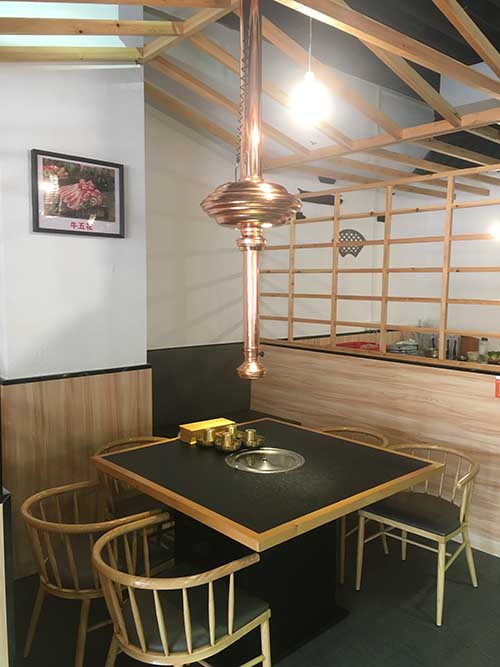
Photo of the installed smoke purifier
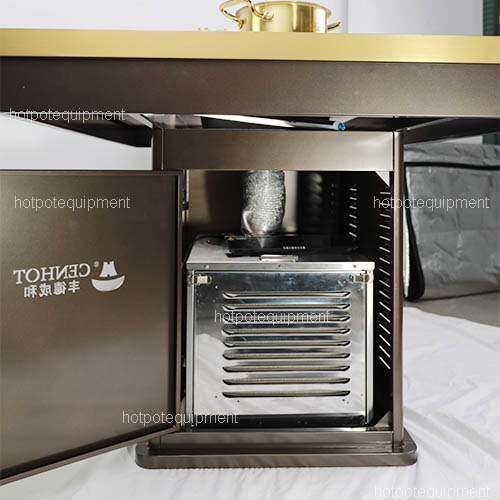
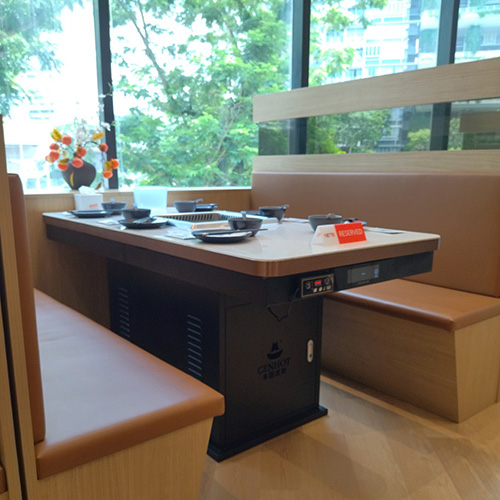
Why Go Smokeless?
- Better Customer Experience
- No one likes smoke in their face while eating. A smokeless setup keeps the air clear and comfortable.
- No Smell on Clothes
- Customers can enjoy the BBQ without worrying about smelling like it afterward—great for lunch crowds and families.
- Modern & Clean Look
- Especially with under-table purifiers, your restaurant stays sleek and uncluttered.
- Fire Safety & Grease Control
- These systems help manage grease and reduce fire risks, especially important for busy restaurants.
What to Consider Before Buying
Choose the Right Ventilation StyleDo you want a visible upper pipe, or a hidden system under the table? Both have pros and cons. Consider your restaurant’s style and layout.
- Grill Type Compatibility
- Smokeless systems can work with charcoal, gas, or induction grills. Make sure your setup matches your kitchen’s power source and safety regulations.
- Certifications Matter
- Look for products with international safety certifications like CE, UL, or ETL—especially if you’re buying from overseas.
- Easy Cleaning
- Make sure filters and grease trays are easy to access and clean. This saves time and keeps your restaurant safe.
We Deliver Smokeless Korean BBQ Grills Worldwide
With over 20 years of experience, we help restaurant owners across Asia, Europe, the Middle East, and the Americas create unforgettable BBQ experiences. Whether you're opening a new location or upgrading your current setup, we offer:- High-quality grills and ventilation systems
- Door-to-door delivery
- Custom sizes and configurations
- International certifications and support
Effects on body functions and tissue repair
Restoration of body functions: For people whose body functions have declined due to excessive physical exertion or irregular diet, the plant protein in soy protein can be broken down into a variety of amino acids, which can directly participate in the vital activities of muscles, blood, skin and other organs, and quickly repair damaged tissue cells.
Promote wound healing: for people recovering from surgery, consuming soy protein can accelerate wound healing and promote physical recovery. Because of its rich protein content, it can play a role in repairing and accelerating the healing of wounds in human tissues.
Effects on the immune system
soy protein can promote the regeneration of immune cells and increase immune cell activity, thereby enhancing the body's metabolism and improving the body's ability to fight disease. When the body's immune function declines and the body's ability to fight diseases is weakened, timely use of soy protein powder can effectively improve the situation.
Benefits to the cardiovascular system
Lower cholesterol: The plant sterols in soy protein can lower the level of LDL and total cholesterol in the blood, and its content can lower cholesterol and prevent cardiovascular disease, thus reducing the risk of cardiovascular disease.
Improve blood pressure: Some amino acid components in soy protein help lower blood pressure, which is beneficial to cardiovascular health.
Anti-atherosclerosis: Some antioxidant substances in soy protein can inhibit the occurrence and development of atherosclerosis.
Help for Special Populations
Kidney disease and diabetic patients: Soy protein can replace animal protein to meet the body's demand for protein, and at the same time reduce the burden on the kidneys, protect the kidneys, and prevent renal hypoplasia, making it an ideal health food for kidney disease patients and diabetic patients. In addition, the oligosaccharide component of soy protein can improve the intestinal microflora, which helps to smooth the blood sugar level; some of its components can improve insulin sensitivity, reduce insulin resistance, alleviate diabetic complications, and reduce the risk of diabetes-induced cardiovascular disease, renal disease and other complications with long-term consumption.
Obese people: soy protein can regulate fat metabolism, reduce the accumulation of fat in the body, and reduce the risk of obesity-related diseases (such as cardiovascular disease, diabetes, etc.). Moreover, its slower digestion and absorption can enhance satiety and help control dietary intake and body weight.
Other aspects
Soy protein is rich in dietary fiber, which helps promote intestinal peristalsis and prevent constipation and intestinal diseases. Meanwhile, the isoflavonoids in soy protein have anti-cancer properties and may be effective in preventing certain cancers.
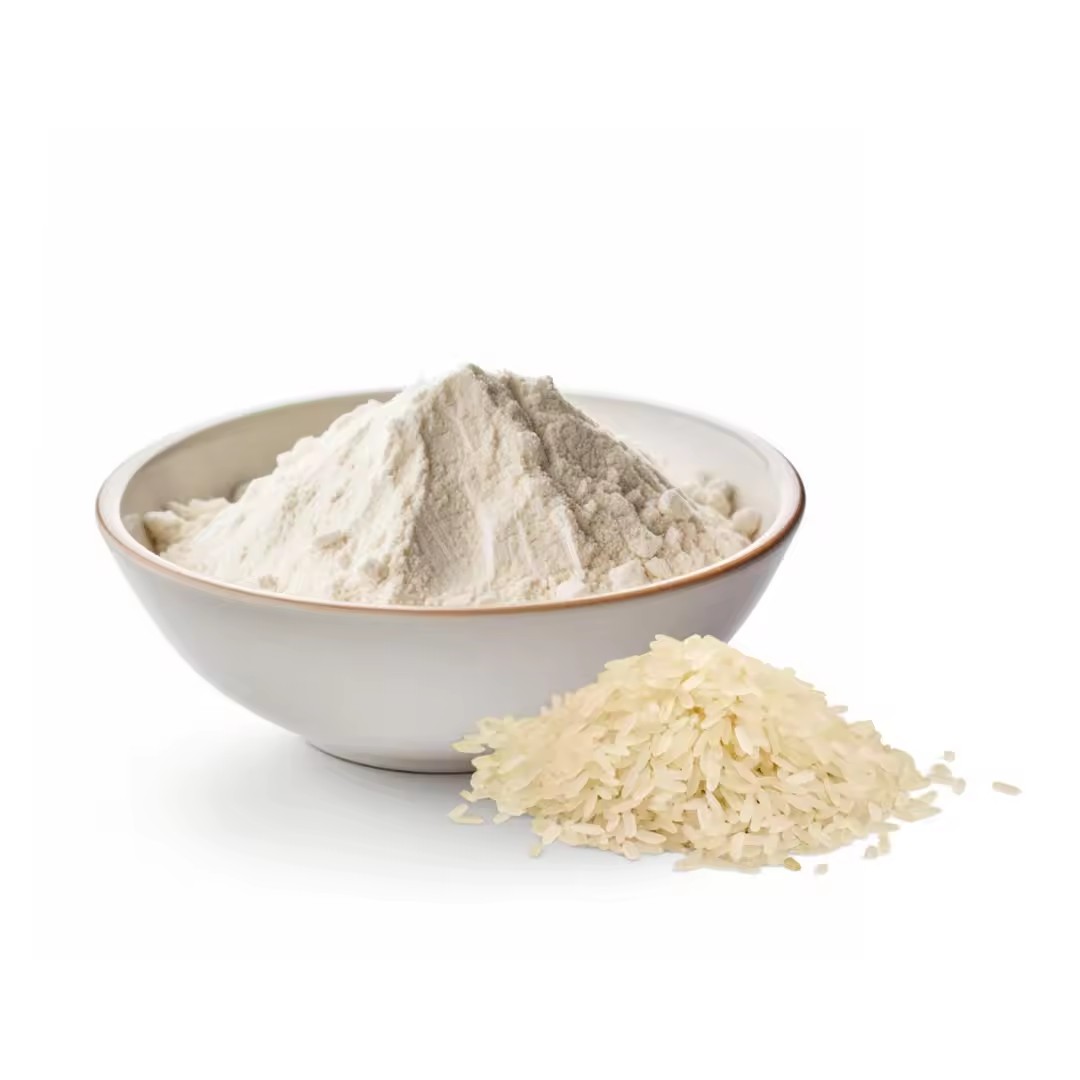
Nutritional Composition
protein and amino-acids
Both are complete proteins and contain 9 essential amino acids, both of which can supplement protein nutrition and increase the intake of essential amino acids. However, there are differences in the specific amino acid content. Pea protein contains more of the 8 essential amino acids than soy protein, and only slightly less tryptophan than soy protein, but the difference is minimal; for the branched-chain amino acids (BCAAs) that fitness people are concerned about, the branched-chain amino acid content of 30 grams of pea protein powder is more than 5.6 grams, compared to less than 5 grams of soy protein, which is why pea protein is much more effective in helping muscle growth and repair. Pea protein contains methionine, which is the most important amino acid in the body, and it is also a good supplement for muscle growth and repair.
Pea protein is low in methionine, an amino acid found primarily in meat, fish and dairy products, and those on a plant-based diet can make up for it by adding nuts, beans and quinoa.
Other nutrients
Both pea protein and soy protein are rich in minerals, but pea protein is higher in vitamins and rich in dietary fiber, providing a more diverse nutritional profile.
Soy protein contains phytoestrogens, while pea protein does not. Phytoestrogens have therapeutic effects on menopausal women, but excessive intake can cause hormonal disruption and even increase a woman's risk of breast cancer.
Body Absorption Degree
Soy contains protease inhibitors, which can easily cause bloating and other indigestion symptoms in people with sensitive stomachs, which in turn affects the absorption of protein in the body. Although some soy protein powder on the market in particular to remove the protease inhibitors, but in contrast, the original does not contain flatulence factor, hypoallergenic pea protein, obviously more suitable for people with a sensitive stomach. Some of the specially processed pea proteins can be digested and absorbed by up to 98% in the human body.
Studies have shown that pea protein is easier to digest than soy protein.
Product Characteristics and Applicable People
Product Characteristics
Pea protein is a convenient and versatile protein that can be added to smoothies and shakes to balance flavors and boost protein content. It is hypoallergenic compared to dairy products and is unlikely to cause potential allergic reactions.
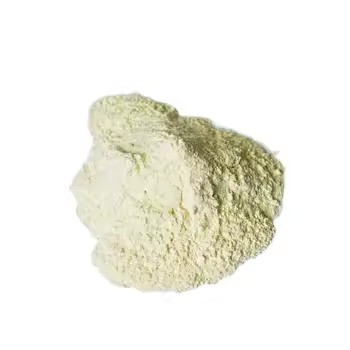
Market Size and Growth Trends
According to GIR (GlobalInfoResearch) research, the global thickeners revenue in terms of revenue is estimated to be around US$ 6685.9 Million in 2023 and is expected to reach US$ 8257.8 Million in 2030, growing at a CAGR of 3.1% between 2024 and 2030. This indicates that the thickeners market is showing a steady growth1.
Regional Distribution of Production
Thickeners are mainly produced in North America, Europe and China. Of these, North America accounts for 30% of the global production, Europe accounts for about 21% of the total global production and China accounts for 18%1.
Major Producers
Ashland, ADM, CPKelco, MCCorp, Cargill, and BASF are some of the prominent producers in the thickeners segment. In the global market, the key players in focus also include DuPont, Dow, Ingredion, AkzoNobel, Celanese, Eastman, PPG, Lubrizol, Henkel, Tate&Lyle, Grace, PQCorp, BYK, Elementis and others1.
Downstream Application Areas
Thickeners are important additives that are widely used in a number of applications:
Food & Beverage: the largest downstream sector for thickeners, accounting for 30% of world consumption of thickeners1.
Paints and coatings: 18% of the thickeners consumption1.
Detergents: 14%1.
Other fields: also include cosmetics, medical drugs and other fields1.
Product R&D Direction
High-efficiency thickeners
The focus of R&D for high-efficiency thickeners in the market has shifted to improving thickening efficiency, stability and environmental performance. For example, by adopting bio-based raw materials and nanotechnology, new high-efficiency thickeners can not only achieve excellent thickening effect, but also have good biodegradability and low environmental impact2.
Food thickeners
In the future, the food thickener industry will focus more on technological innovation and naturalization. With the development of biotechnology, more products with specific functional properties will be developed, such as thickeners with special taste or health benefits. At the same time, as consumer demand for personalized nutrition grows, food thickeners will offer more customized options to meet the health needs of different consumers.
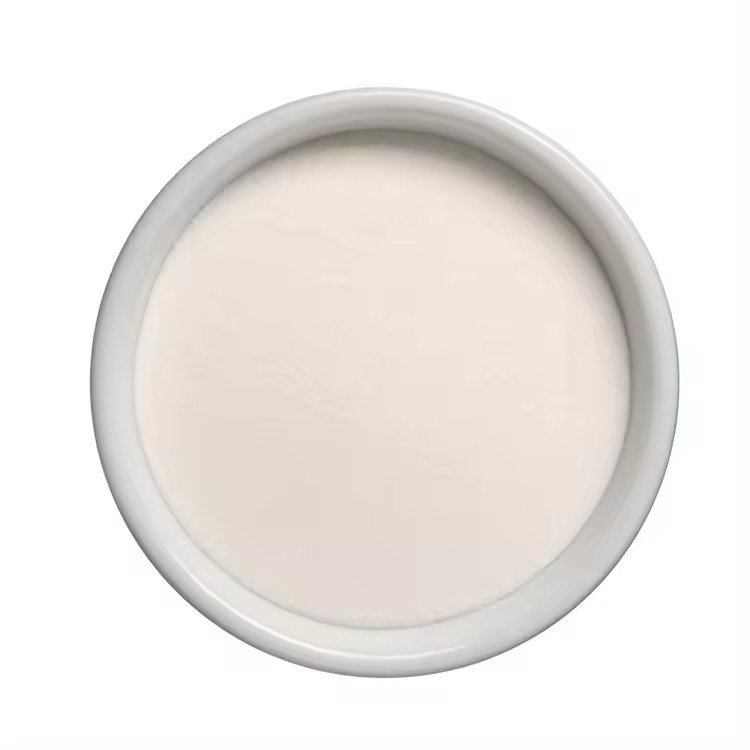
When it comes to cooking, seasoning is the key to unlocking flavor. From traditional home kitchens to high-end restaurants, chefs around the world rely on a core group of seasonings to bring their dishes to life. But among the vast array of options, what is the most popular seasoning?
While salt and pepper are undeniably staples, the real star in many Asian and international cuisines is Premium Seasoning Wine. Known for enhancing the aroma and complexity of meat and stir-fry dishes, this type of cooking wine adds depth without overpowering the natural taste of the ingredients. It's often paired with Sauce Paste to create rich, savory bases for sauces and marinades.
In addition to cooking wine, Vinegar plays a crucial role in balancing flavors, especially in pickled dishes and cold appetizers. Its sharp, tangy profile cuts through oily foods and enhances brightness in a wide variety of recipes. Meanwhile, Sugar is frequently used not just for desserts, but as a seasoning component that balances heat and acidity in savory sauces.
Cooking Wine, in particular, has become increasingly popular among home cooks seeking authentic flavor without complex preparation steps. When used in moderation, it tenderizes proteins and intensifies umami, making it a favorite in both Western and Eastern culinary traditions.
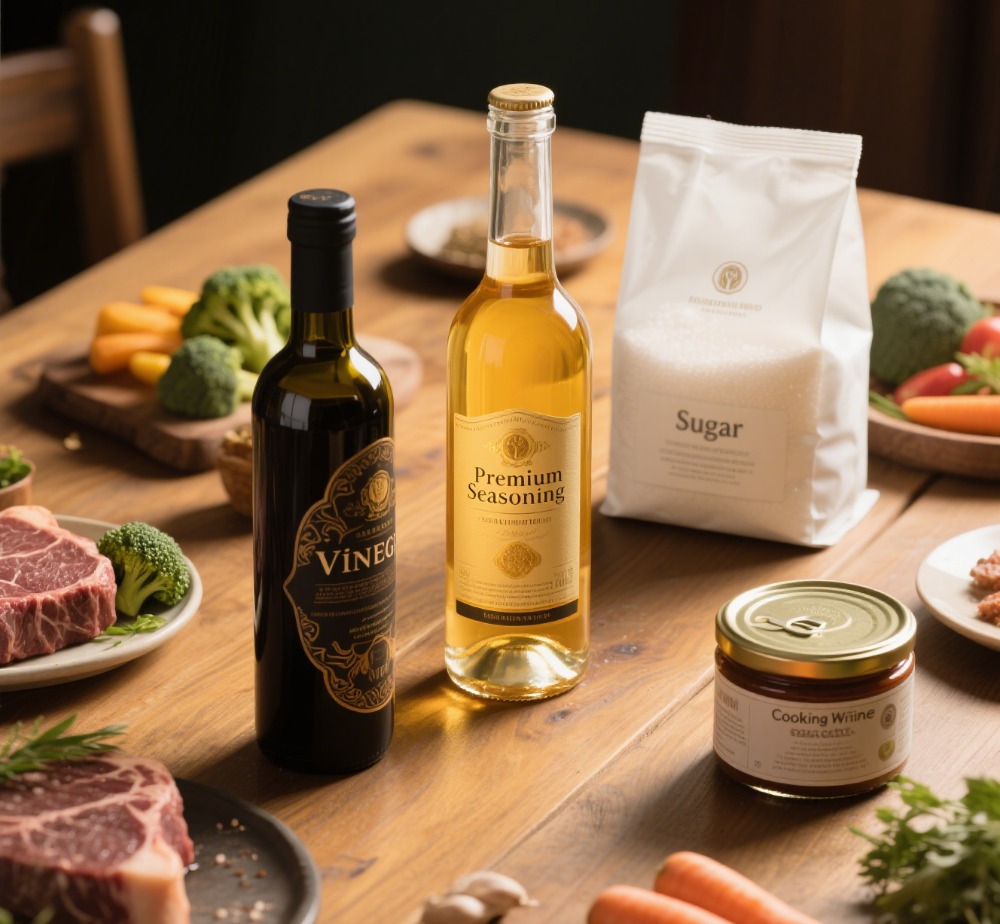
For those who care about quality and authenticity, Pearl River Bridge offers a complete range of high-grade seasonings—from Premium Seasoning Wine and Sauce Paste to Vinegar, Sugar, and Cooking Wine—crafted with time-honored techniques and rigorous quality control. Trusted by chefs for generations, Pearl River Bridge seasonings are designed to deliver consistent, restaurant-quality flavor for every meal.
1. Ventilation.
It is the simplest way to reduce humidity by removing moisture and changing it into dry air. It is necessary to deal with the relationship between heat preservation and humidity reduction.
2. Select high quality non dripping film.
high quality drip free film can overcome the disadvantages of a large number of water droplets in the film, significantly reduce the humidity, and has good light transmission performance, which is conducive to increasing temperature and reducing humidity.
3. Plastic film covering.
Plastic film mulching can greatly reduce the evaporation of ground water, reduce the number of irrigation, thus reducing the relative humidity of the air.
4. Drip irrigation under mulch.
Drip irrigation under plastic film combines the common advantages of plastic film mulching and drip irrigation, and is an effective measure to reduce the humidity in greenhouse. The method is to raise the ridge on the ground, then put drip irrigation pipe in the middle of the ridge, and then cover it with plastic film.
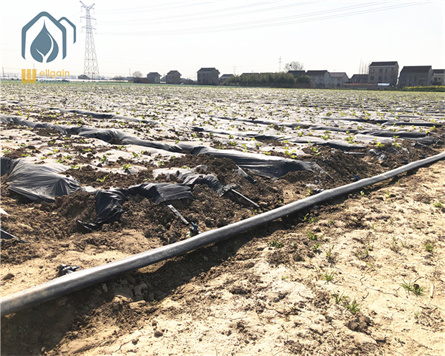
5. Dust method and smoke method.
When spraying in the shed, the conventional spraying method will add humidity in the greenhouse, which will be harmful to the disease. Therefore, it is necessary to use the smoke method.
Farmers who grow greenhouse tomatoes must not let the greenhouse be too wet in autumn and winter to prevent diseases
How to solve the greenhouse film dripping problem
The problem of dripping from the greenhouse film is solved with two tricks:
Dripping water in the greenhouse is often encountered in winter. Sometimes it is like a light rain in the greenhouse, dripping everywhere, if it drips on the plants, it will cause a variety of diseases. The greenhouse film dripping creates conditions for pests and diseases.

In addition, the condensation of water in the greenhouse increases the humidity inside the greenhouse, which is also conducive to the occurrence of most moisture-loving diseases. Especially in continuous cloudy weather, the temperature in the shed is low and the humidity is high. Condensation reduces the light transmittance of the film by 20% to 30%, and absorbs a large amount of heat in the greenhouse, which increases the temperature in the greenhouse.

1. Use non-drip film
It is recommended to use high-quality non-drip film. Although the one-time investment on the film increases, there is less dripping, less humidity, less disease, less spraying, high vegetable yield, good quality, and higher returns.
Our company provides polytunnel film with permanent anti-fog and anti-drip function, which can solve the short time problem of PE film anti-drip function.
2. Spray silicone
Silicone is a kind of spreading agent, the water on the canopy film will slide down after encountering it, and will not condense into water droplets, so that there is no raindrop.
- Buddha Jump Over the Wall1
- Canned Abalone2
- Canned Turtle Soup1
- Edible Bird's Nest2
- Frozen Foods1
- Frozen Seafood8
- Jelly/Pudding Applications1
- Meat Product Applications2
- Others Applications5
- Plant-based meat Product Applications1
- SURIMI2
- Soft Candy1
- Soft Candy Applications4
- bottle1
- can end2
- packaging film2
- tableware3






